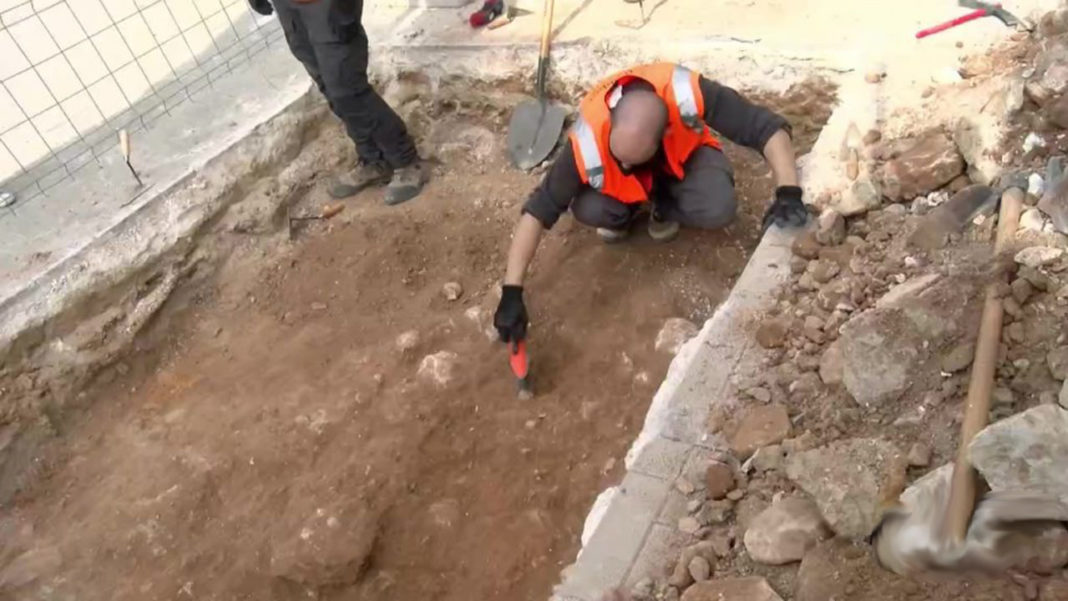Work is now underway in the search to find a mass grave containing the bodies of 17 men who were shot dead 6 months after the end of the Spanish Civil War in October and November 1939 for “defending the Republic and Freedom”.
The bodies were buried in the Orihuela Parish cemetery, although the exact location in not known. Nevertheless the presence of grave is marked with a memorial, erected by Vientos del Pueblo Socio-Cultural Athenaeum, that has stood in the cemetery since 2008.
The Minister for Transparency, Rosa Gijaro, visited the Cemetery on Tuesday where she received a briefing about the works that are in their initial phase. She said, “we know that after so many years it will be difficult to find the remains but we will continue looking as long as there are clues as to their whereabouts”.
Many of the relatives of those who were shot have also visited the site. They say that they continue to live with “hope” as this moment that they have been waiting all their lives.

This is certainly the case for Mari Carmen Lorenzo Roca, whose grandfather, Francisco Roca, from Orihuela, was shot and is in the common grave. “We are excited and want to find out his whereabouts so that we can take his remains and bury them with his wife,” she explained to the media, with tears in her eyes. She says that a friend of her grandfather had told her that the trial was unfair, after which he was taken away and shot.
The first dig has been carried out by Drakkar Consultores SL, but has not yet yielded any results.
There is documentation on the executions of these 17 men, but there is no record of where the mass grave is located, which, until now, is thought to be in what is currently the area furthest from the entrance to the cemetery, although in this first dig nothing has been found.
What they do know of is the wall where it is proven that the executions were carried out but in terms of the site of the mass grave the work is being undertaken on the basis of oral testimonies from family members, much of the detail of which has been lost over the years.
Many of the testimonies of families are similar and relate to the area where their mothers, aunts or grandmothers laid the flowers for their loved ones years after the executions.
This is also the case for Sarmiento Mateo who remembers how his mother, who was five years old when his father was shot, told him that as a child she took flowers to the cemetery. Today he is excitedly waiting for the remains of his grandfather to be found so that they can rest in peace with other members of his family. “My mother has been through Calvary for many years and we would like to give her the pleasure of being with her father,” he explained, visibly moved.
The councillor Rosa Gijaro, assured everyone that the recovery of these mortal remains is a priority set by the Government of the Generalitat Valenciana “to recover our the dignity. A country that continues to be full of mass graves is not as dignified as it should be”. “The families have gone through ‘hell’ for more than 80 years,” she said.
When the common grave is located, the mortal remains will be exhumed immediately and then genetic tests will be carried out so that we can return them to their relatives.





